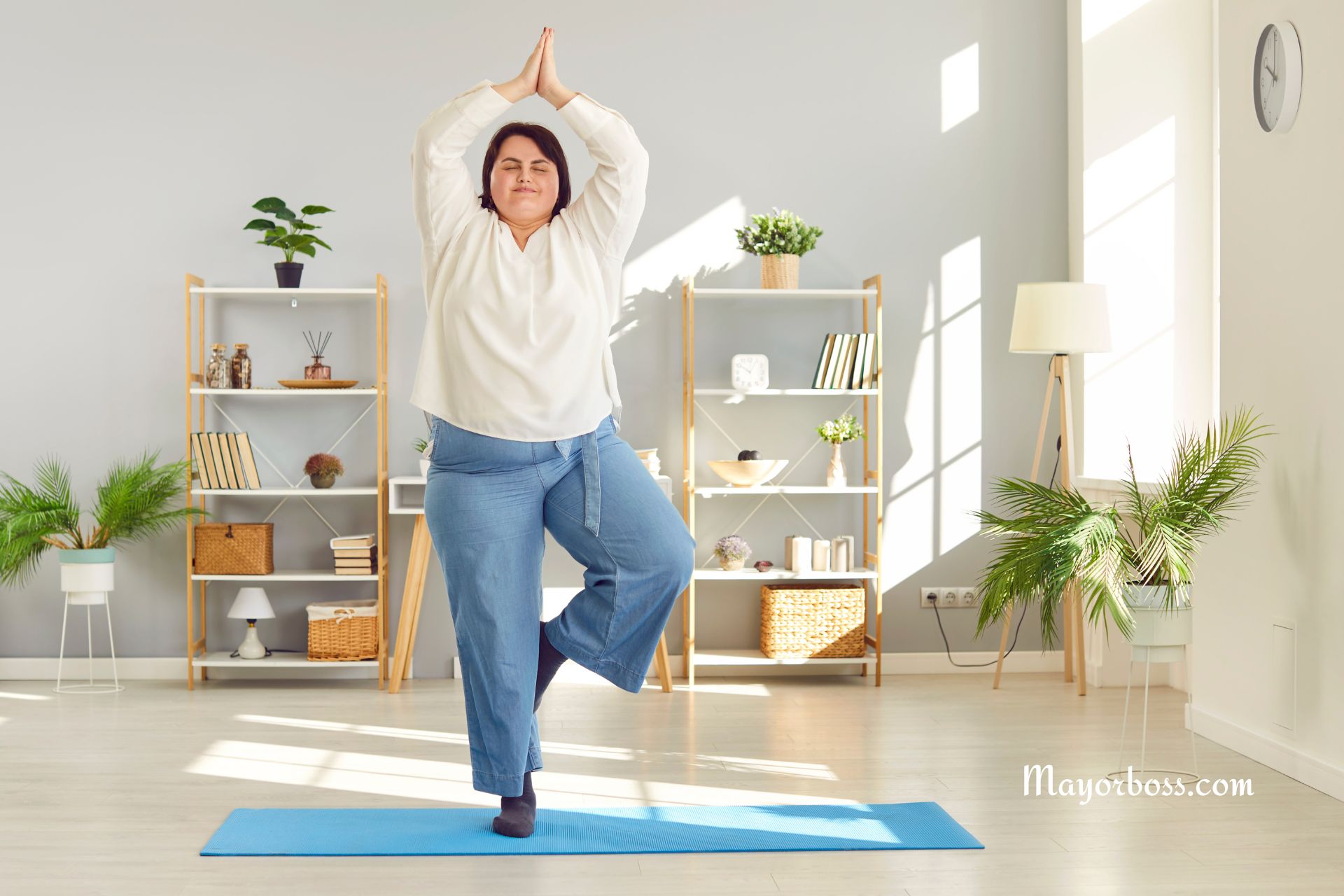Can You Stand on One Leg for 20 Seconds? This Simple Test Will Tell You a Lot About Your Health
Have you ever tried standing on one leg for 20 seconds? It might seem like just a fun party trick or a yoga pose practice, but surprisingly, this simple test can reveal quite a bit about your overall health. It turns out that the ability to maintain balance on one leg for this short amount of time is more than just a measure of your physical coordination; it’s a snapshot of your health that you shouldn’t overlook.

The Importance of Balance
Balance is a key component of your physical health, involving the complex interplay between your muscles, joints, brain, and sensory systems like vision and the inner ear. When everything is working well, you’re able to maintain and adjust your body’s position, whether you’re moving or standing still. Therefore, balance is essential not just for activities like sports but for everyday movements such as walking and climbing stairs.
What Does the One-Leg Stand Test Show?
The one-leg stand test is straightforward. You simply stand on one leg for 20 seconds without holding onto anything for support. If you manage to do this successfully, it suggests that your balance is in good shape. However, if you find it difficult or impossible to complete the test, it might be an indicator of several health issues.
1. Muscular Strength and Coordination
First off, standing on one leg requires a good deal of muscular strength and coordination, especially in your legs and core. Struggling with the test could indicate weaknesses in these areas, which are crucial for performing daily tasks and maintaining an active lifestyle.
2. Inner Ear and Vision Problems
Your ability to balance also depends on your inner ear and vision, which help orient your body in space. Difficulty with the test could point to issues in these systems, affecting your balance and increasing the risk of falls.
3. Brain Health
Balance is controlled by the brain, where various regions work together to keep you upright. Therefore, issues with balance might reflect problems in the brain, such as the early stages of neurological diseases.
4. Aging
As you get older, your risk of balance problems increases due to changes in muscles, joints, and sensory functions. The one-leg stand test can thus serve as an early warning sign for age-related conditions that might affect your mobility and independence.
Why Balance Matters
Good balance is crucial for preventing falls, which are a leading cause of injury among older adults. By maintaining or improving your balance, you can reduce your risk of falls, stay more active, and enjoy a higher quality of life.
Improving Your Balance
The great news is that balance can be improved with regular practice and exercise. Here are some tips:
- Engage in balance training: Activities like Tai Chi, yoga, and simple balance exercises can enhance your stability.
- Strengthen your muscles: Focusing on your leg and core strength supports better balance.
- Check your vision and hearing: Regular check-ups can ensure these senses are helping, not hindering your balance.
When to Seek Professional Advice
If you’re struggling with the one-leg stand test or experiencing balance issues, consulting with a healthcare provider is wise. They can assess your balance, identify any underlying causes, and recommend appropriate treatment or exercises.
Conclusion
So, the next time you have a moment, try the one-leg stand test. It’s a quick and easy way to check in on your health. If you find it challenging, don’t worry. With attention and practice, you can improve your balance and, by extension, your overall well-being.
Frequently Asked Questions
- Is it normal to sway a little while doing the test? Yes, some swaying is normal due to the constant adjustments your body makes to maintain balance. It’s only concerning if you cannot complete the test at all.
- How often should I do the one-leg stand test? You can perform this test periodically, such as once every few months, to monitor your balance over time.
- Can improving balance really prevent falls? Absolutely. Better balance means more control over your body’s movements, significantly reducing the risk of accidental falls, especially in older adults.
